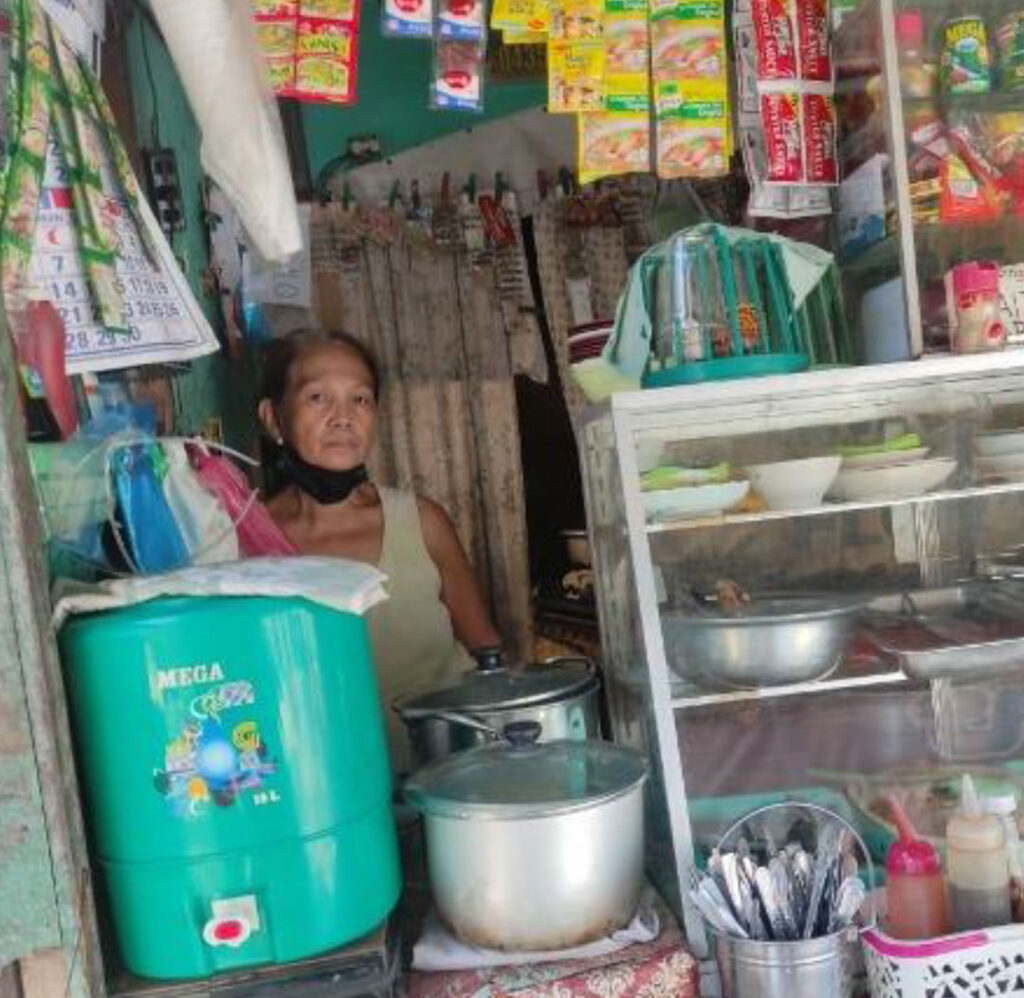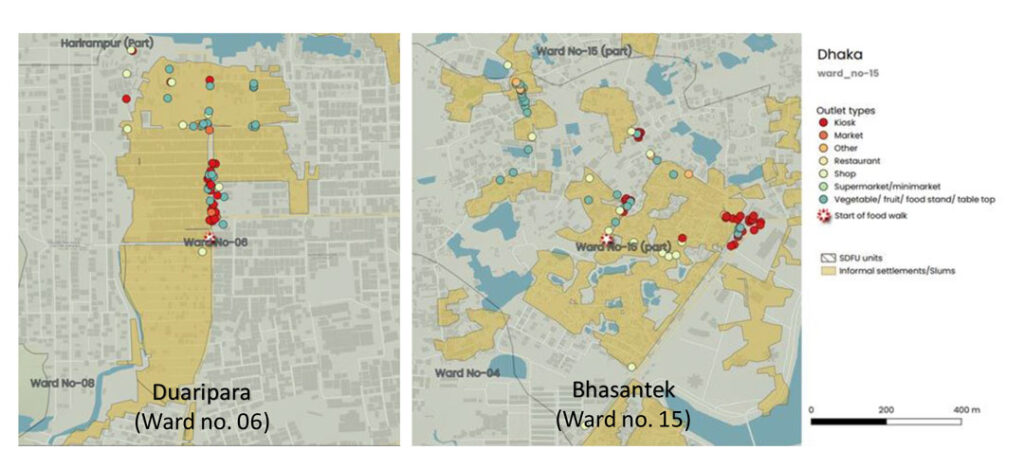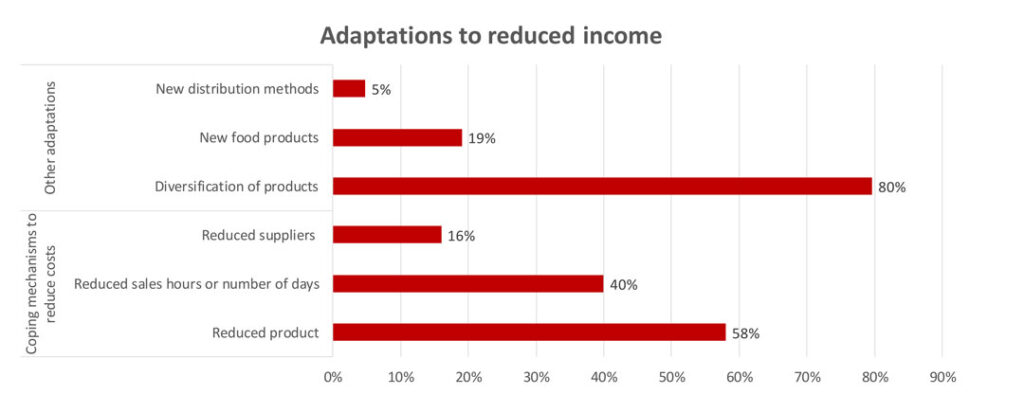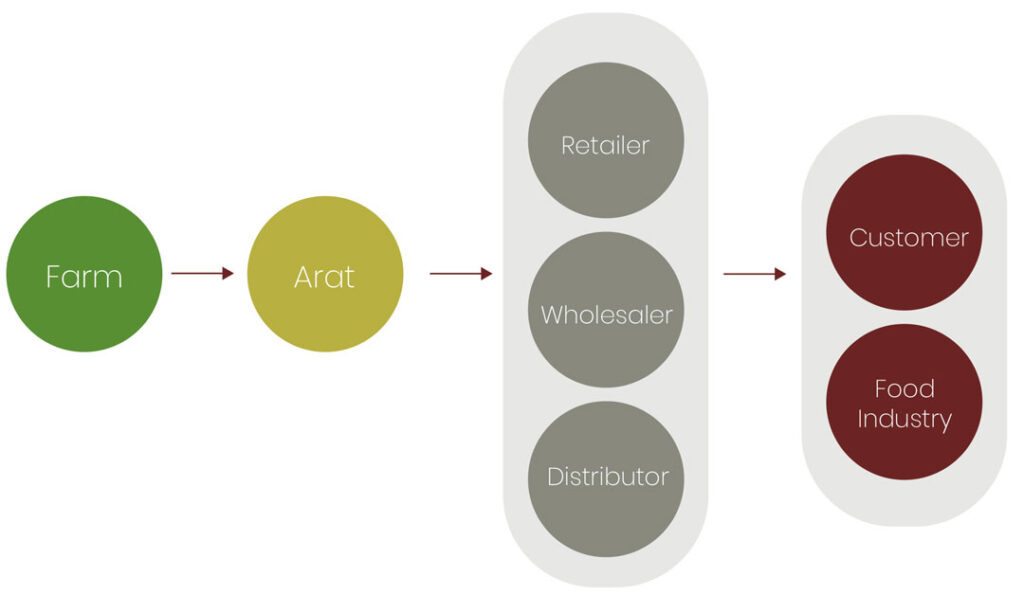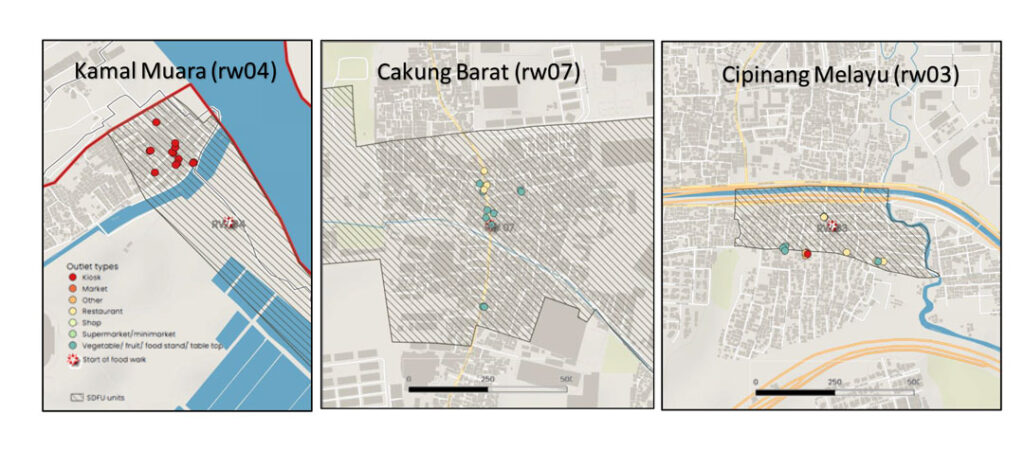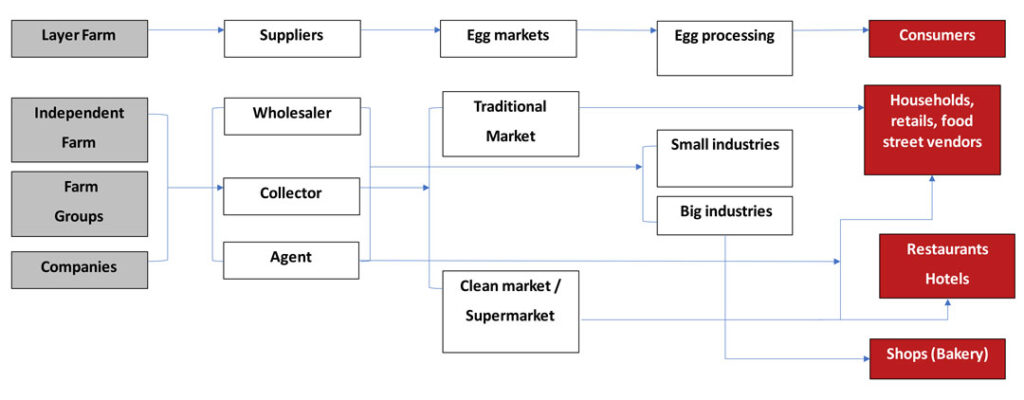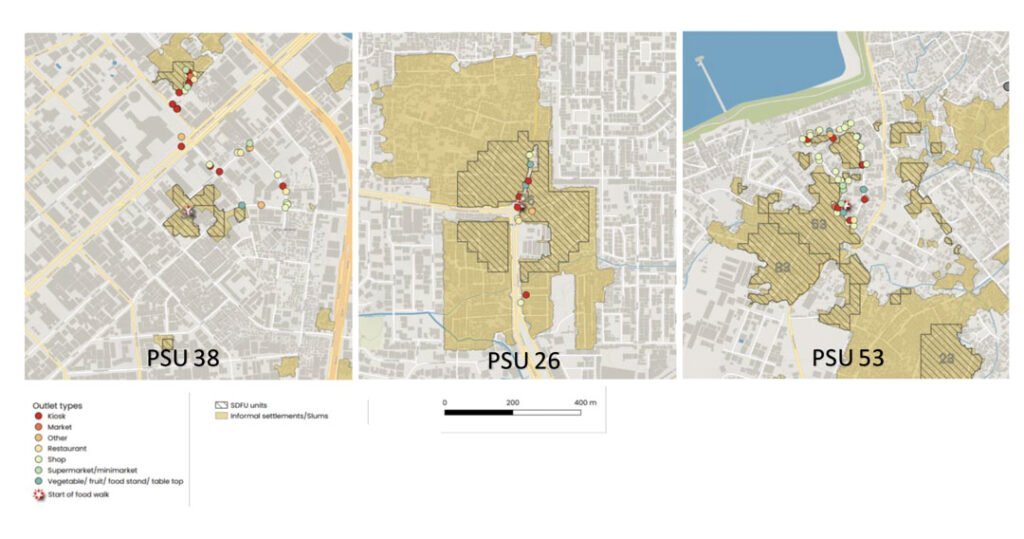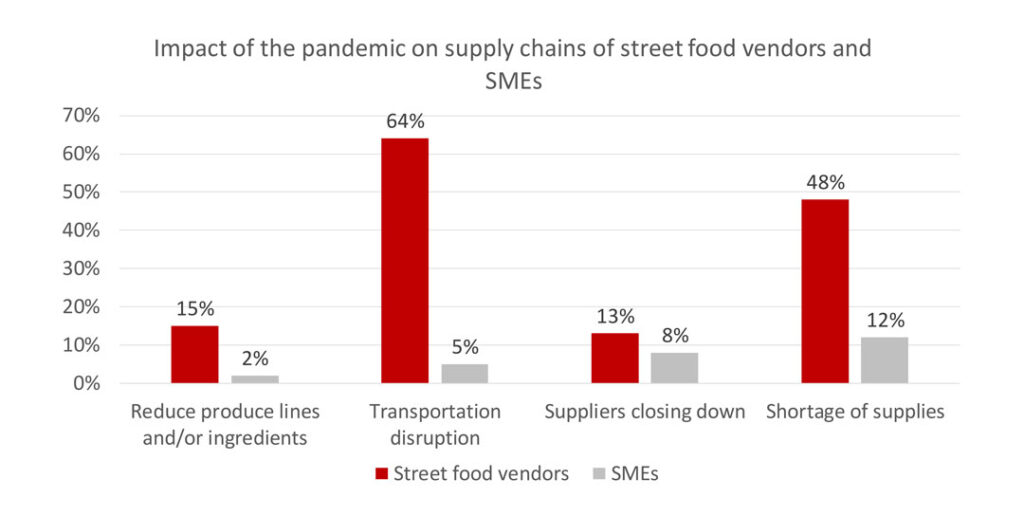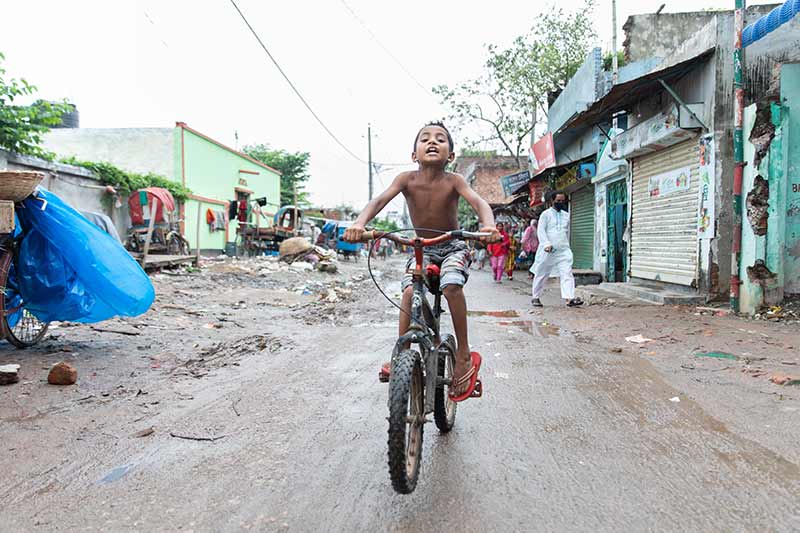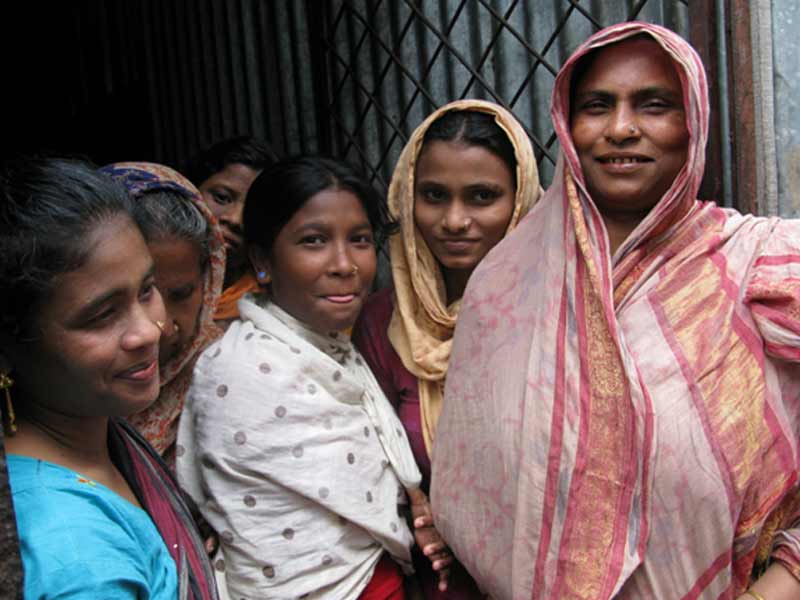
Food security and diets in urban Asia: how resilient are food systems in times of COVID-19?
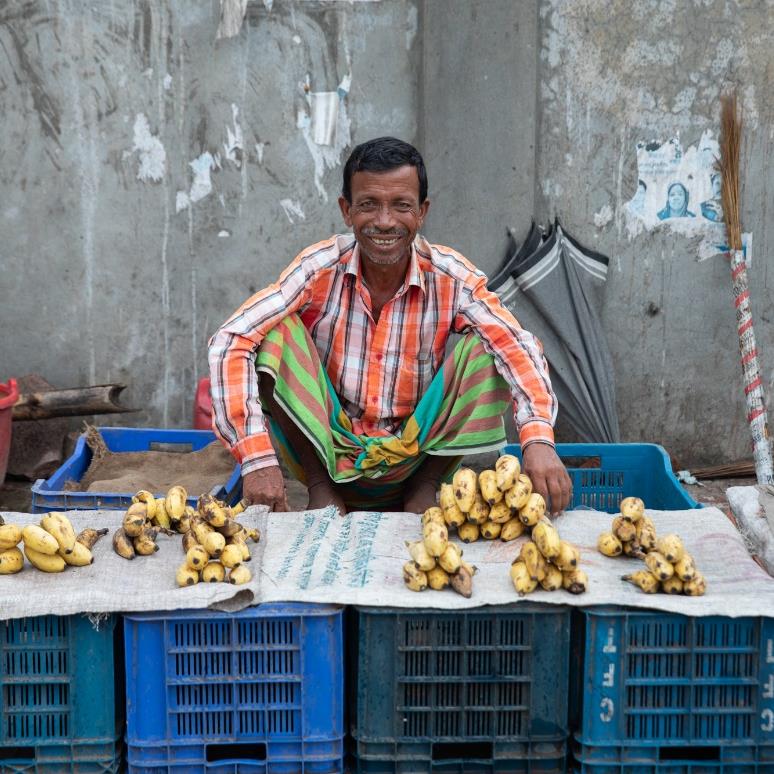
Dhaka
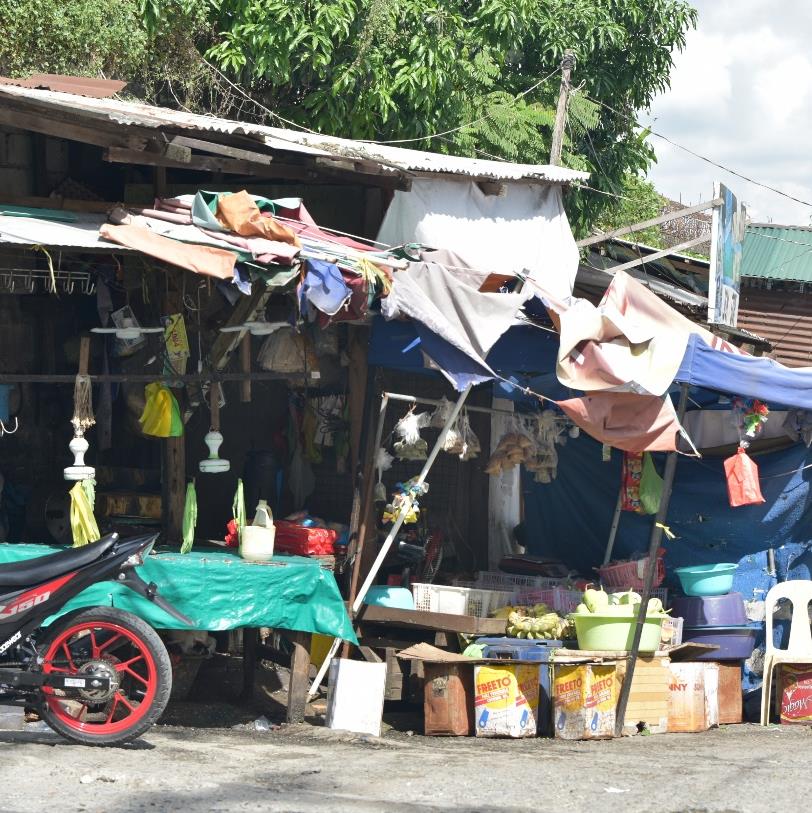
Quezon City

Jakarta
Objectives
- Characterize the food environment in a selected poor urban area in terms of availability of healthy and unhealthy foods
- Understand the impact of COVID-19 on the informal food sector in terms of availability, access and utilization, and access to financial support
- Illustrate the food supply chain for a selected commodity
- Produce an urban stakeholder mapping analysis
Market Environment
Policies, Regulations and Rules:
egg supply chain and street food vendors

While market regulations exist, they hardly control the egg supply chain in practice

Limited implementation of the market rules and regulations

Producers, wholesalers and some retailers registered by the city corporation but informal vendors are often not and do not see the needs to do it
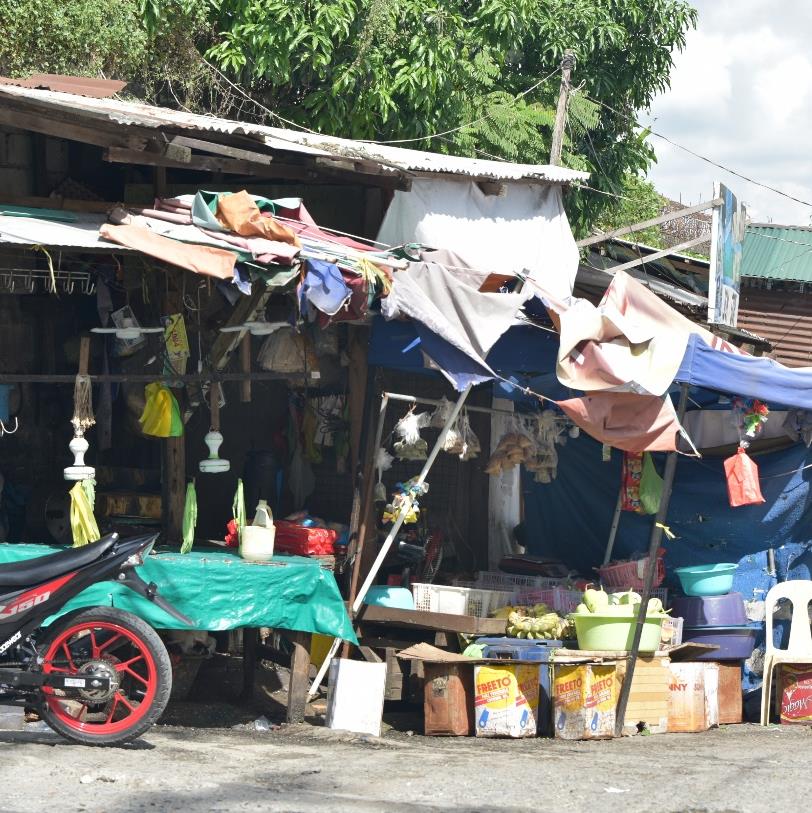
Food environments in poor urban areas:
Capacity and resilience of informal vendors
- None of the included street food vendor used protective equipment. Only 3% have a cold storage and 26% had sewers, a garbage pit or latrines nearby.
- Negative effect of the pandemic on most street food vendors’ income
- 95% had not received support from the government. Most took a loan (52%) and invested personal money into the business (44%) to cope with reduced income
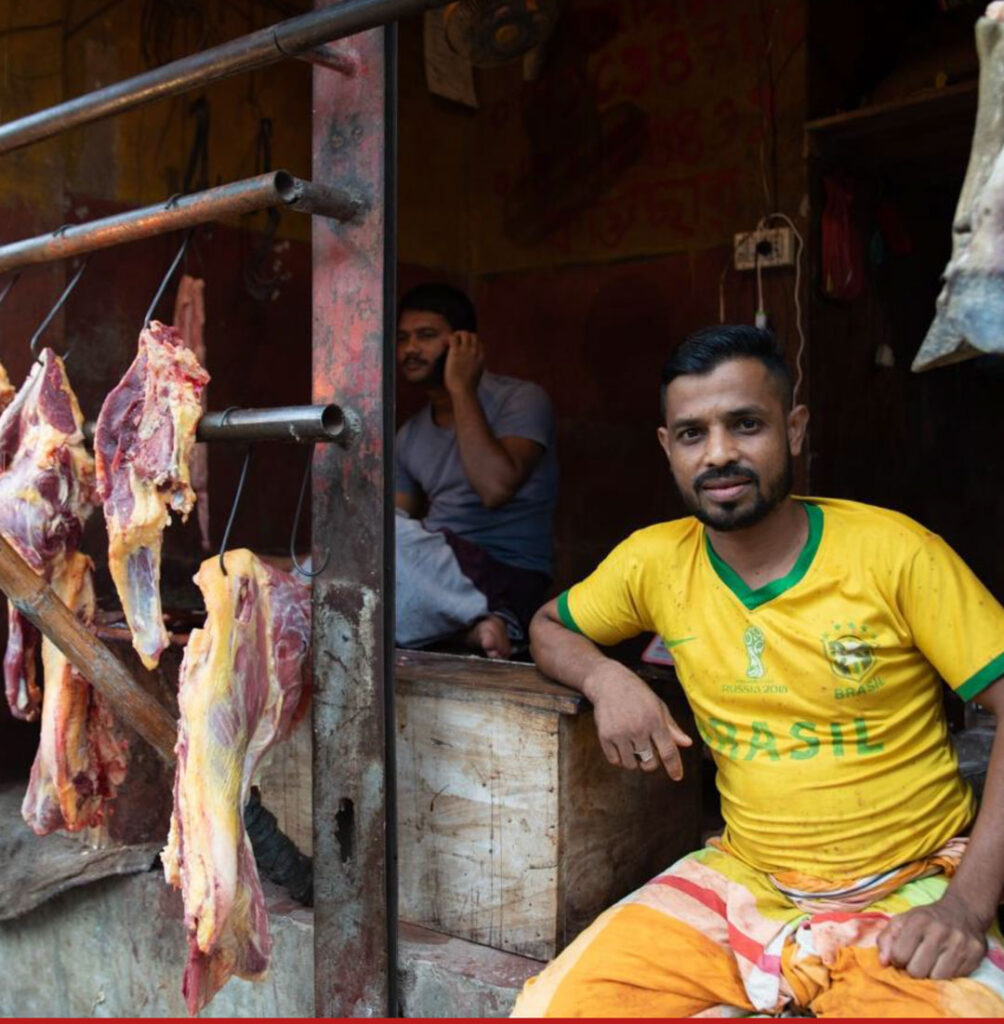

Local Level Supply Chain and the impact of C19 on the egg supply chain
- Street food vendors around slums operate on a very local level
- 90 % said their customers are located nearby
- Majority of vendors did not change suppliers during COVID.
- Impact of C19: decrease in demand and transport restrictions
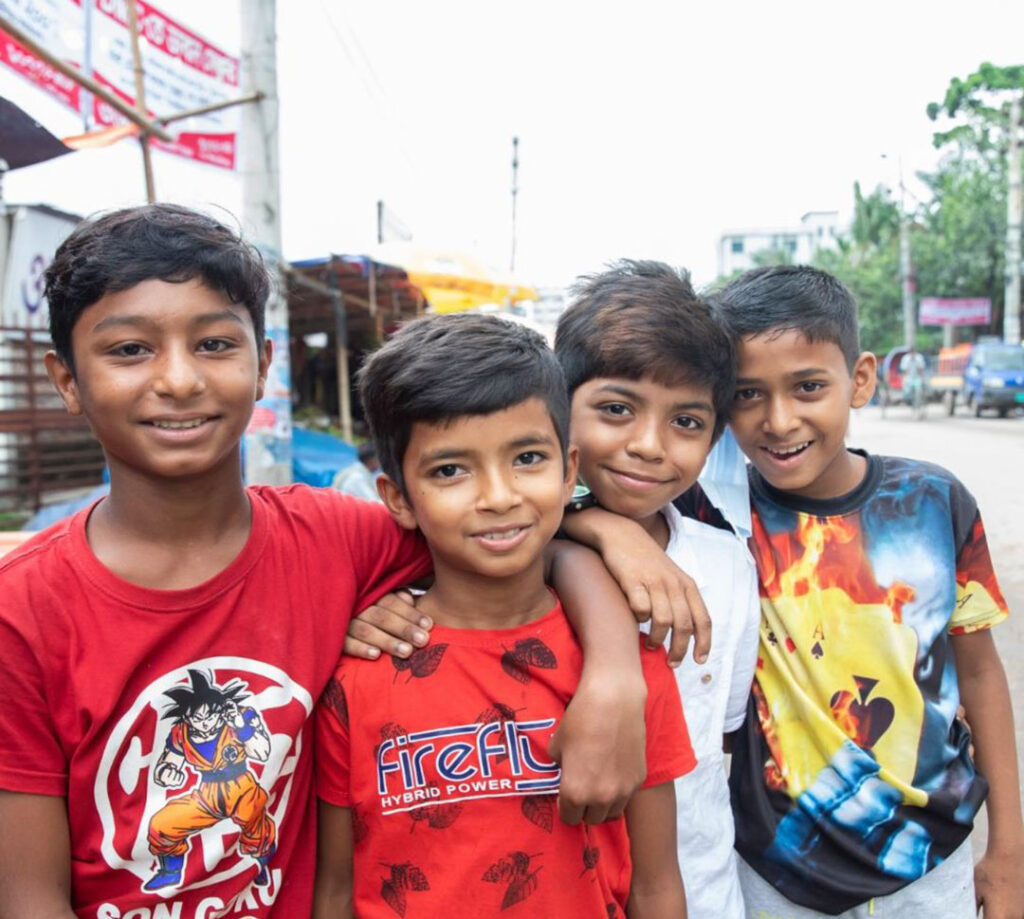
Conclusions
- Decreased demand from
consumers has had a major
crippling effect on the market
during the pandemic - Interventions on customer
economic access are likely to
have wider ripple effects on the
food system - Informal street vendors worse
affected than formal SMEs and
their methods of adaptation are
more simple
Key Recommendations
- Improve purchasing power of consumers thereby supporting the economy and supply chains of healthy foods
- Support food-related SMEs including informal vendors
- Support street food vendor livelihoodsand strengthen local food systems
- Increase consumer confidence and safe and nutritious preparation of food
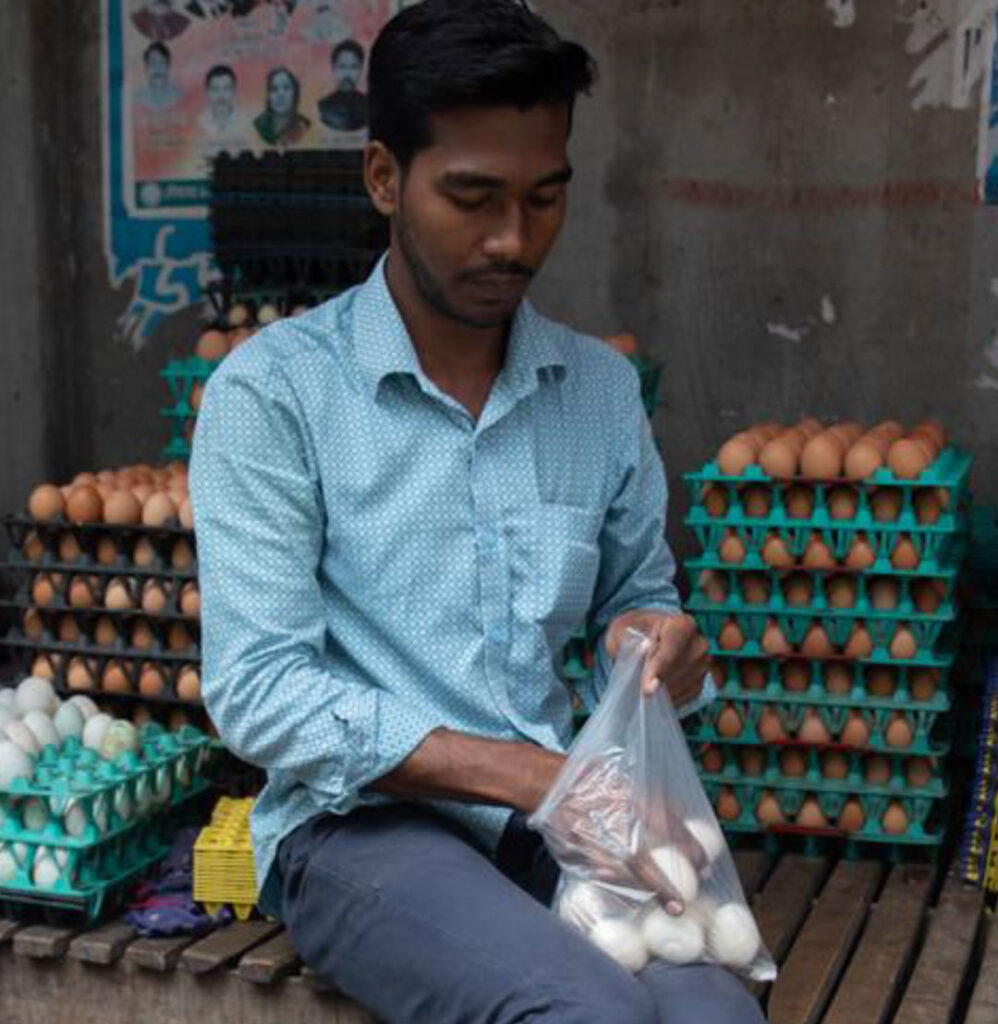
Food environments in poor urban areas:
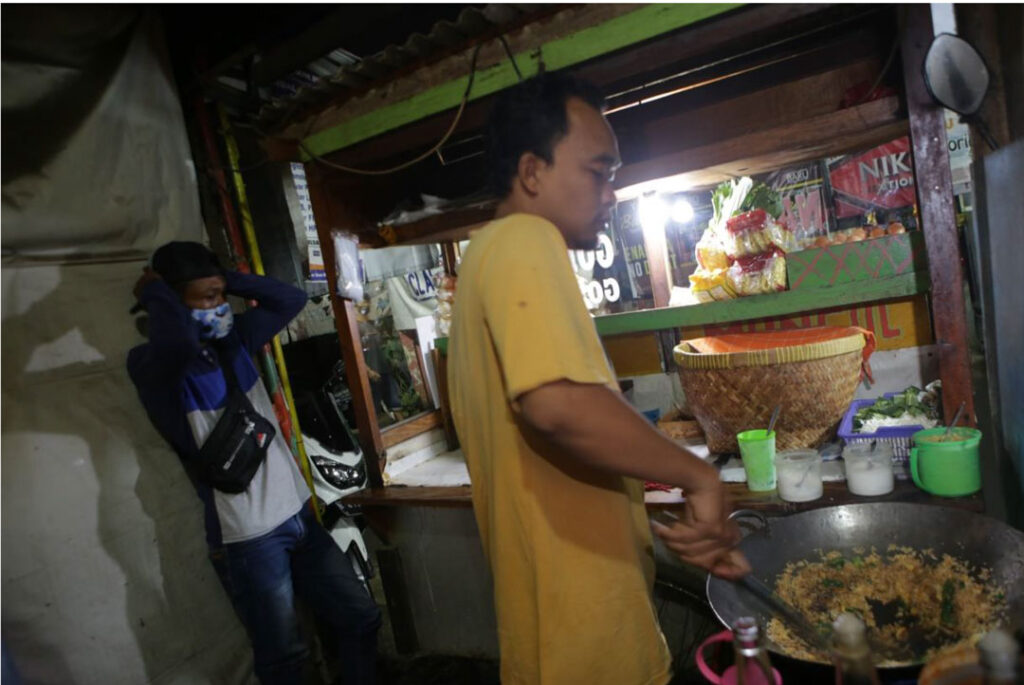
Conclusions
- 17% of street food vendor used protective equipment. Only 25% have a cold storage and 38% had sewers, a garbage pit or latrines nearby
- 90% experiences reduced income. 30% needed money for working capital, 13% for equipment financing
- 90% experiences reduced income. 30% needed money for working capital, 13% for equipment financing
- More than 50% had not been able to access financial support or loans. 17% took loan from a bank and 17% from society group. Over 1/5 received financial assistance from the government
- Most street vendors sell their products on credit. Which took 30% of their capital.
Local Level Supply Chain and the impact of C19 on the egg supply chain

- COVID19: Egg actors experienced lower demand and income between 10-20%
- No major issues on stock availability, distribution, and logistics
- Majority of street food vendors did not change
- 57% of the vendors had moderately to severely affected access to customers
Poor urban dwellers’ capacity to participate in the market and Food Security
- 90% of the street food vendors’ customers are located nearby.
- Financial and economic factors were major influences on food consumption behaviour.
- Financial and economic factors were major influences on food consumption behaviour.
- Close location, cheaper price, and the risk of COVID-19 are the reasons customers choose street food vendors.
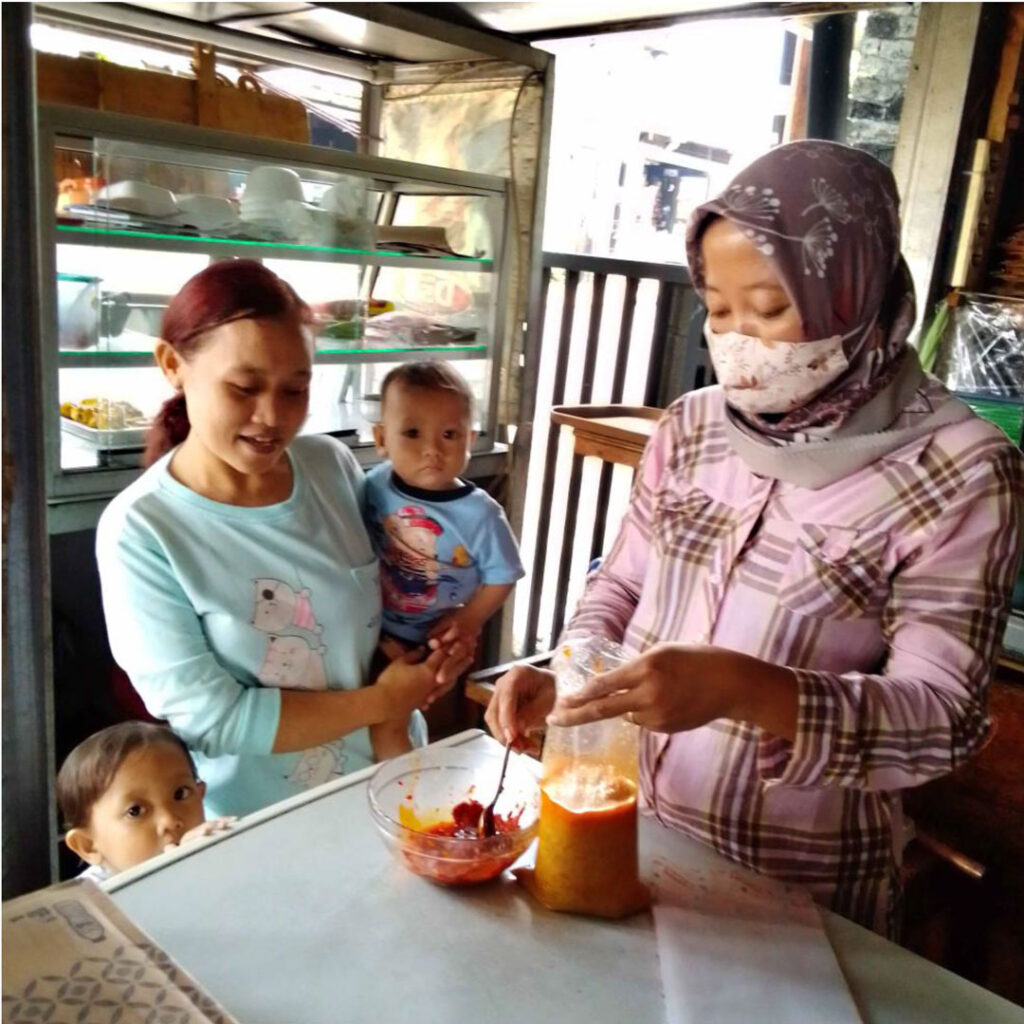
Conclusion
- Reduced purchasing power due to COVID-19 is the main driver of lower consumption
- Informal street vendors play important roles in providing closer and cheaper food availability and access.
- Interventions on customer economic access is likely to have wider ripple effects on the food system
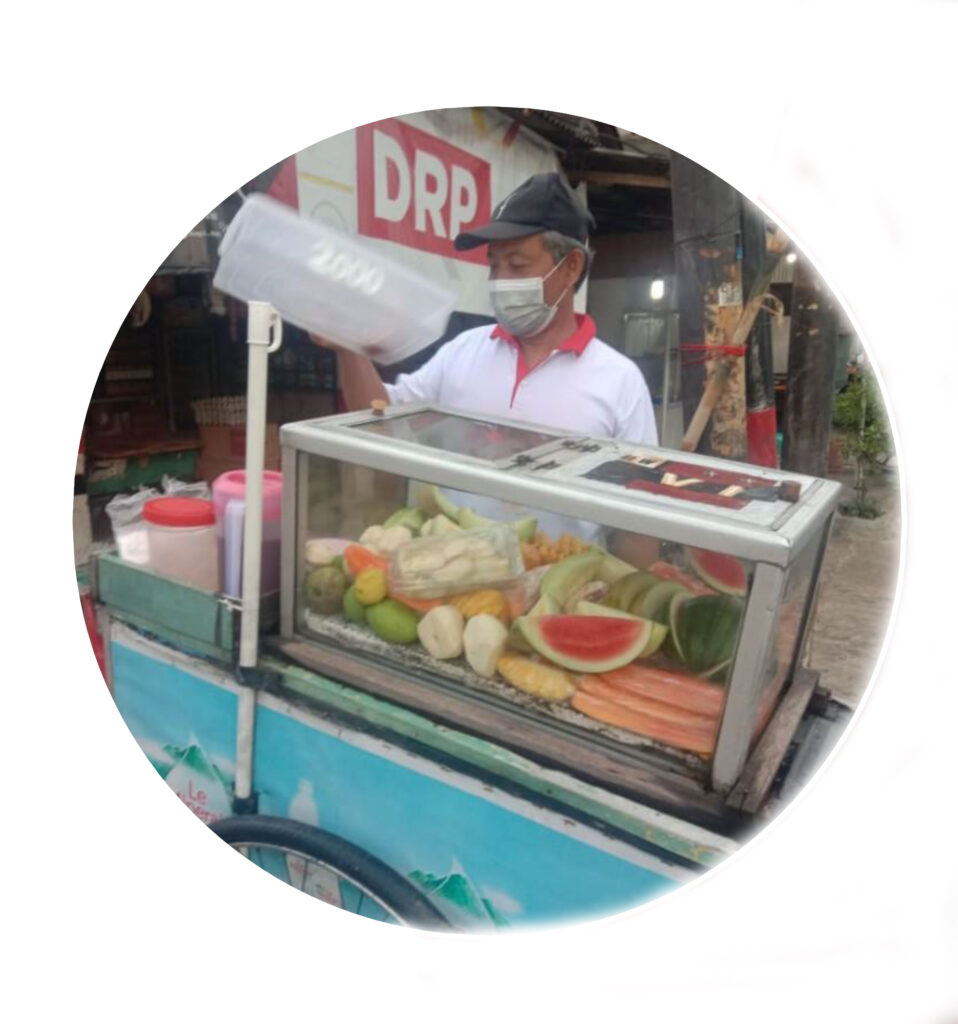
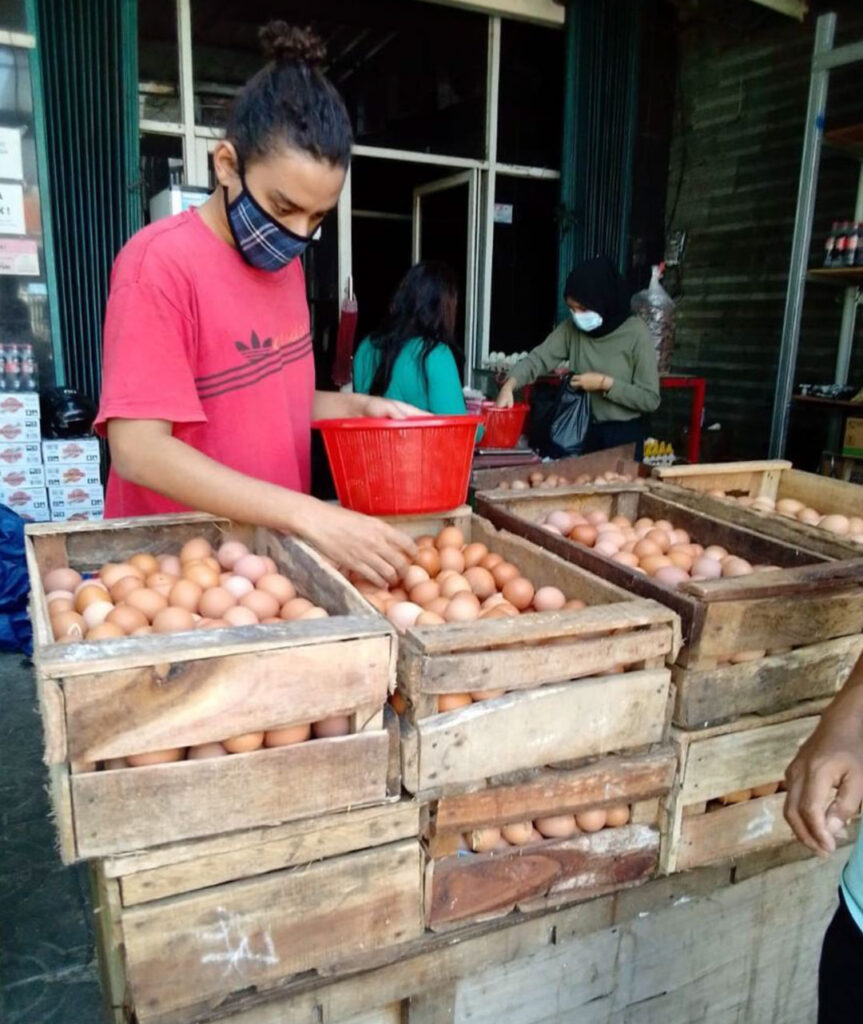
Key Recommendations
- Improve purchasing power of consumers thereby supporting the economy and supply chains
- Support food-related SMEs including informal vendors
- Support street food vendor livelihoods and strengthen local food systems
- Increase consumer confidence and safe and nutritious preparation of food
Capacity and resilience of informal vendors
- 52% street vendors was observed to be wearing protective equipment such as gloves or masks
- Negative effect of the pandemic on most street food vendors’ income – 98% hit with reduced income
- 44% reported to receive financial assistance from the government
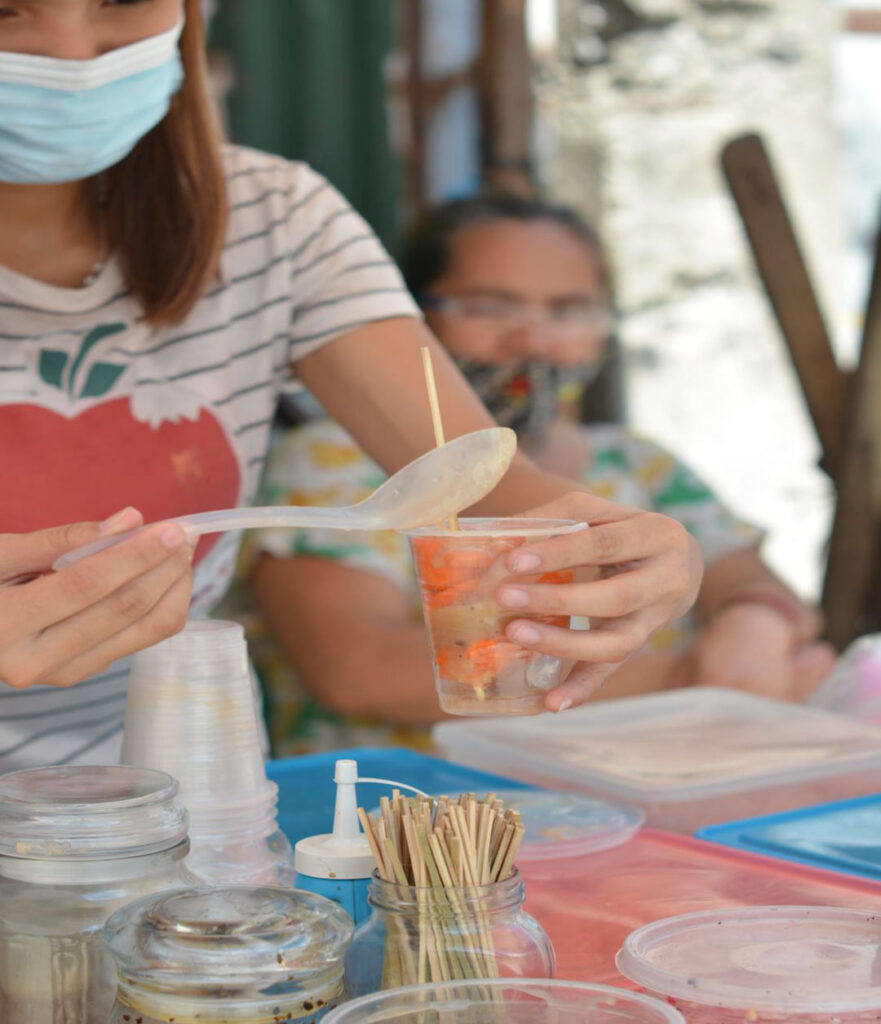
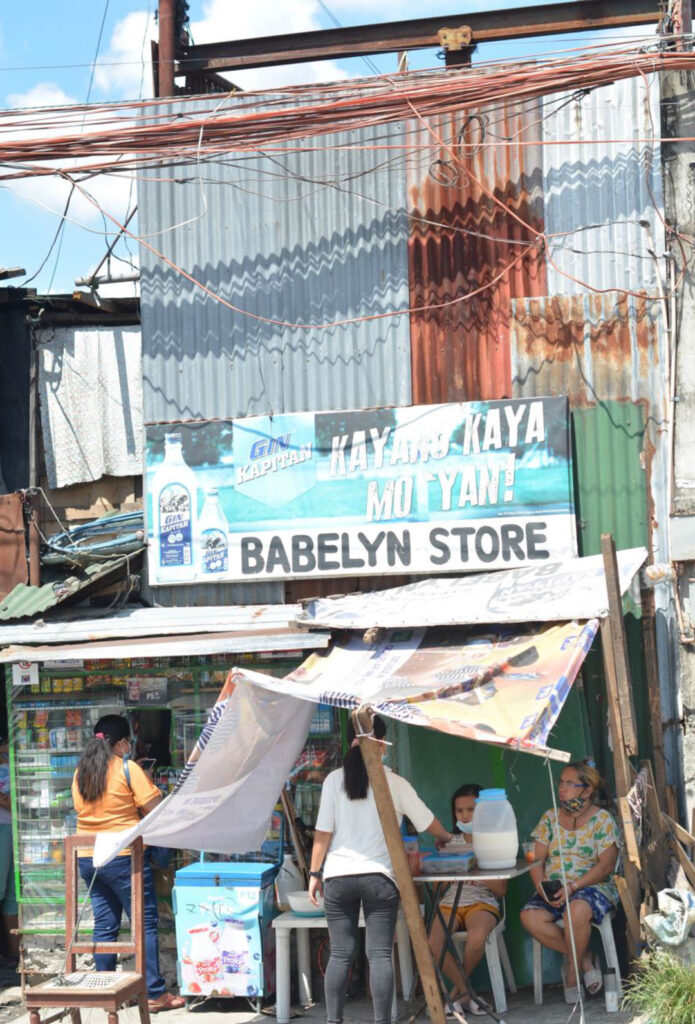
Local Level Supply Chain and the impact of C19 on the egg supply chain
- Street vendor supply chains are mostly local: 64% have local customers, the rest serves employees and workers
- 36% of vendors sell primarily local produce
- Impact of C19: Egg retailers experience reduced numbers in buyers resulting in significant change in sales
Poor urban dwellers’ capacity to participate in the market and Food Security
- Economic andphysical access factors were associated with low dietary diversity
- Price in supermarkets is higher – less favoured option for local residents
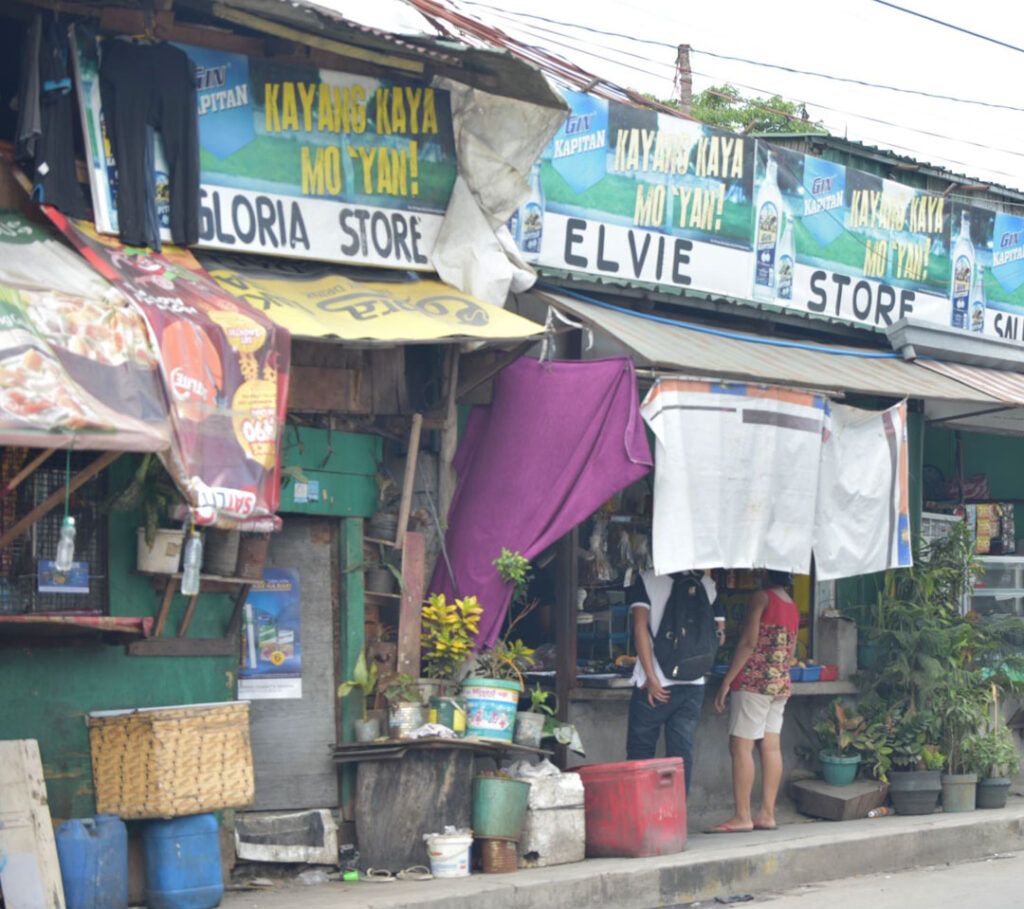

Conclusions
Movement restrictions impacted both informal
vendors and urban poor dwellers:
• reduction in customers resulted in significant changes in income
• reduced access and buying capacity
resulted in lower dietary diversity
Interventions on customer economic & physical
access likely to have positive ripple effects on the
food system High demand for technical support for the informal food vendors to cope with the C19 impact
Key Recommendations
- Improve purchasing power of consumersthereby supporting the economy and supply chains of healthy foods
- Support food-related SMEsincluding informal vendors
- Support street food vendor livelihoods and strengthen local food systems
- Increase consumer confidence and safe and nutritious preparation of food
